Introduction
In the fast-paced world of software development, delivering high-quality and bug-free code is a top priority and non-negotiable. With today’s complex project structure and frequent release schedules, developers need a mechanism which can catch bugs early and maintain a stable codebase. This is where unit test coverage steps in as an indispensable tool and ensures that each piece of code is functioning as intended, and that the overall application performs as expected.
In this blog, we embark on a journey to demystify the concept of unit test coverage and explore its significance in software development. So, let’s dive into the world of unit test coverage and discover how it empowers developers to take control of their code, build with confidence, and deliver exceptional software products.
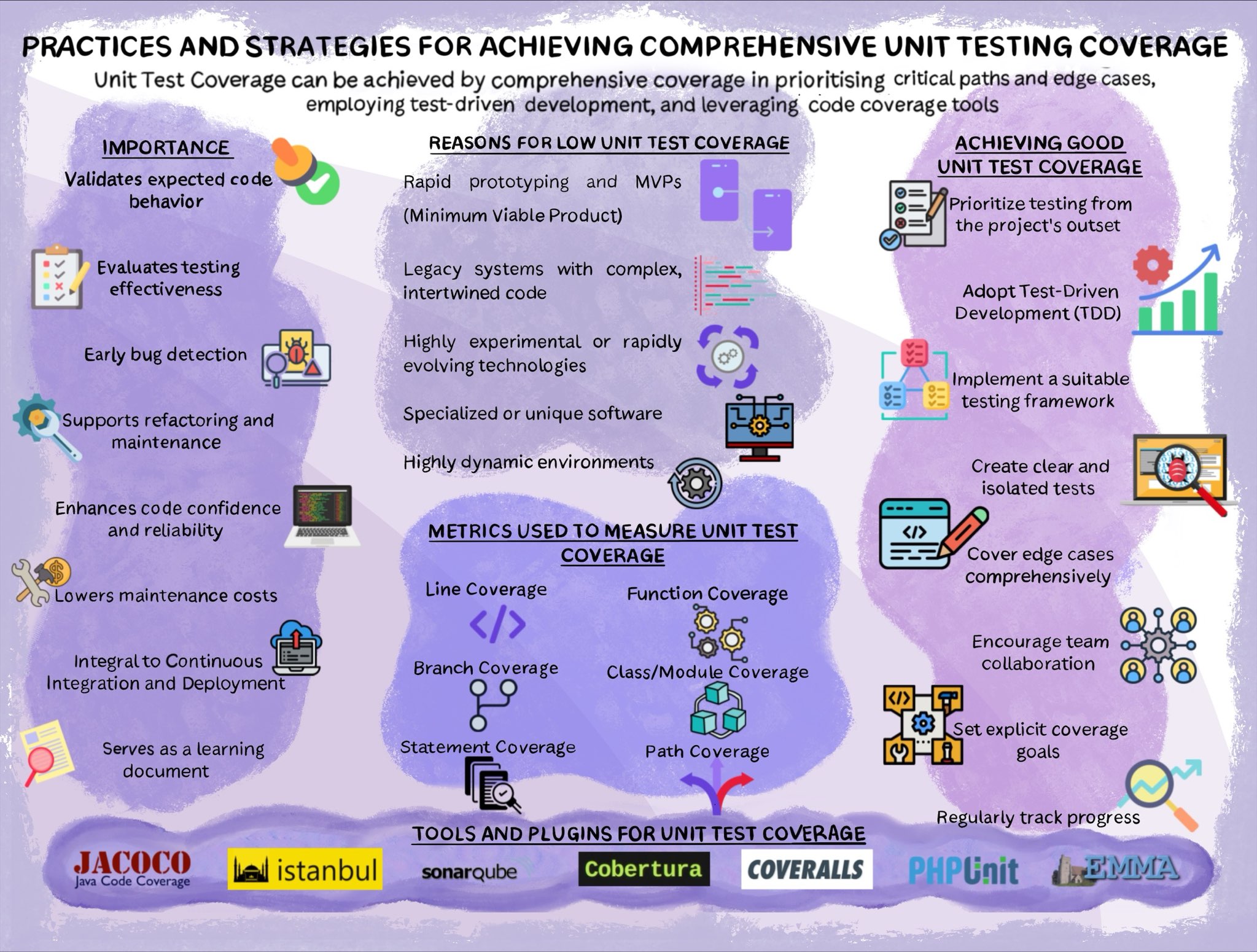
What is Unit Test Coverage?
Unit Test Coverage is a metric used in software testing to measure the percentage of code that has been tested during unit testing. In other words, it checks the extent to which the source code of a software application is exercised by a set of unit tests. The purpose of unit testing is to verify that individual units of code (such as functions or methods) work as intended individually.
It is calculated by determining the number of lines of code, branches, or statements executed during the execution of the unit tests, compared to the total number of lines, branches, or statements in the codebase.
Importance of Unit Test Coverage
Unit test coverage is an essential part of the software development process. It helps to ensure that code is working as expected and helps developers and teams understand how well their code is tested and how likely it is to contain bugs. The importance of unit test coverage lies in several key areas:
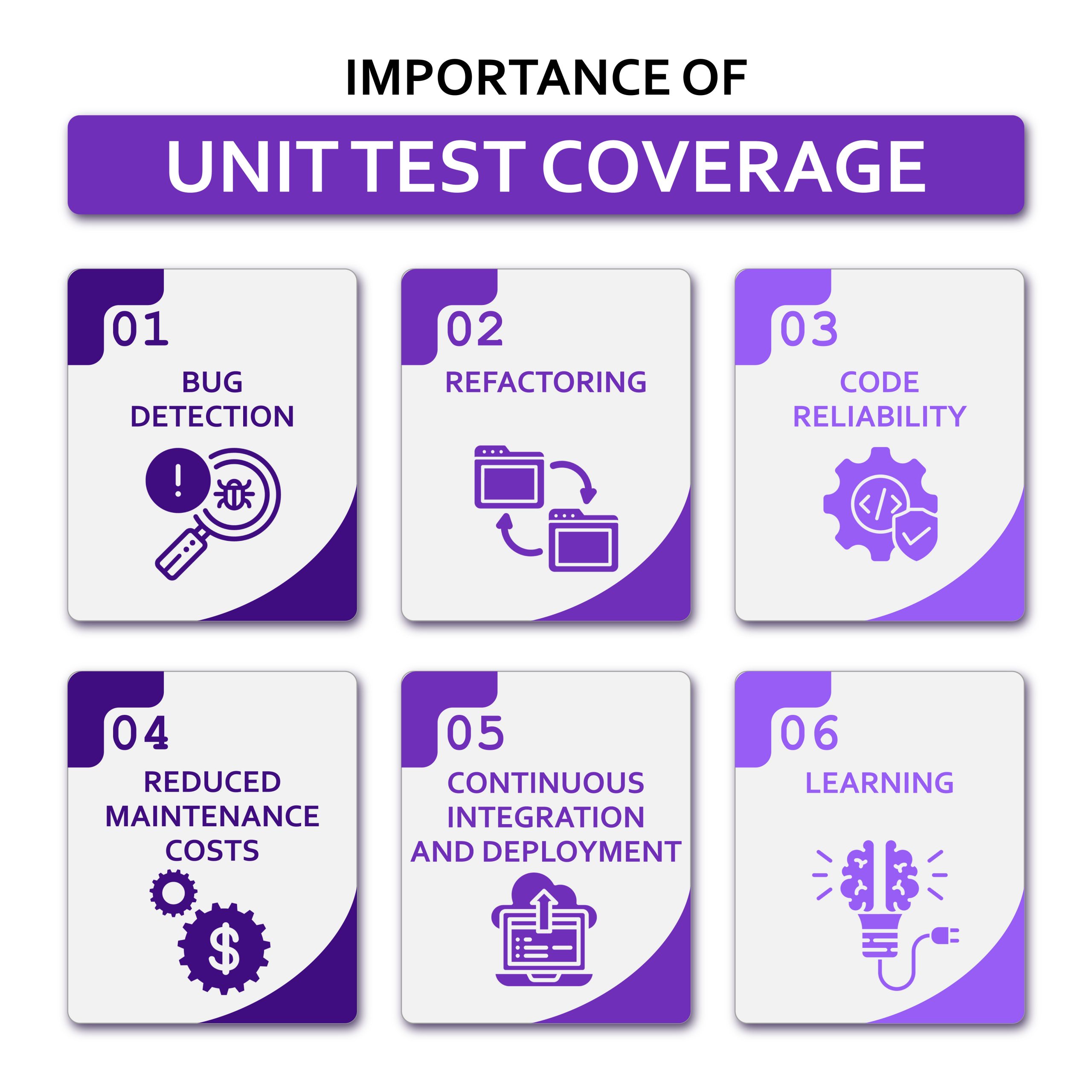
1. Bug Detection: Unit tests help you identify bugs early in the development process. These are designed to catch bugs and issues at the lowest level of code implementation. High unit test coverage ensures that a significant portion of the code has been tested, reducing the likelihood of undiscovered bugs and improving overall software quality. The earlier a team finds a bug, the easier it is to fix. In case, if good unit test cases are created, it can help in catching the most bugs at a much earlier stage.
2. Refactoring and Maintenance Refactoring: It is a necessary part of the software development process. Code often needs to be refactored to improve its design, performance, or maintainability. With unit test coverage refactoring the code becomes easy, as they can quickly verify that the changes do not introduce new bugs.
3. Code Reliability: Unit test coverage provides confidence and reliability for the code. When developers write comprehensive unit tests, they gain confidence that their code works as expected. This gives you the confidence to make changes and release new features without worrying about breaking the application.
4. Reduced Maintenance Costs: With good unit test coverage, you can reduce the maintenance costs of your application. While writing unit tests requires an initial investment of time, it ultimately saves time and resources in the long run. Detecting and fixing bugs early in the development process is generally less expensive than dealing with bugs that are discovered later during integration or in production.
5. Continuous Integration and Deployment: Unit tests play a crucial role in continuous integration (CI) and continuous deployment (CD) processes, as they are executed automatically to ensure that changes made by developers do not break existing functionality before being merged into the main codebase.
6. Learning: Unit tests serve as a learning document for a team which can help developers understand the purpose and behavior of various code components, even if they didn’t write the code themselves just by reading the unit test cases.
While high unit test coverage is generally recommended for ensuring software quality, there are cases in the industry where certain factors might lead to a deliberate decision to have less unit test coverage. We have seen similar examples where the below factors are given priority over extensive unit test coverage:
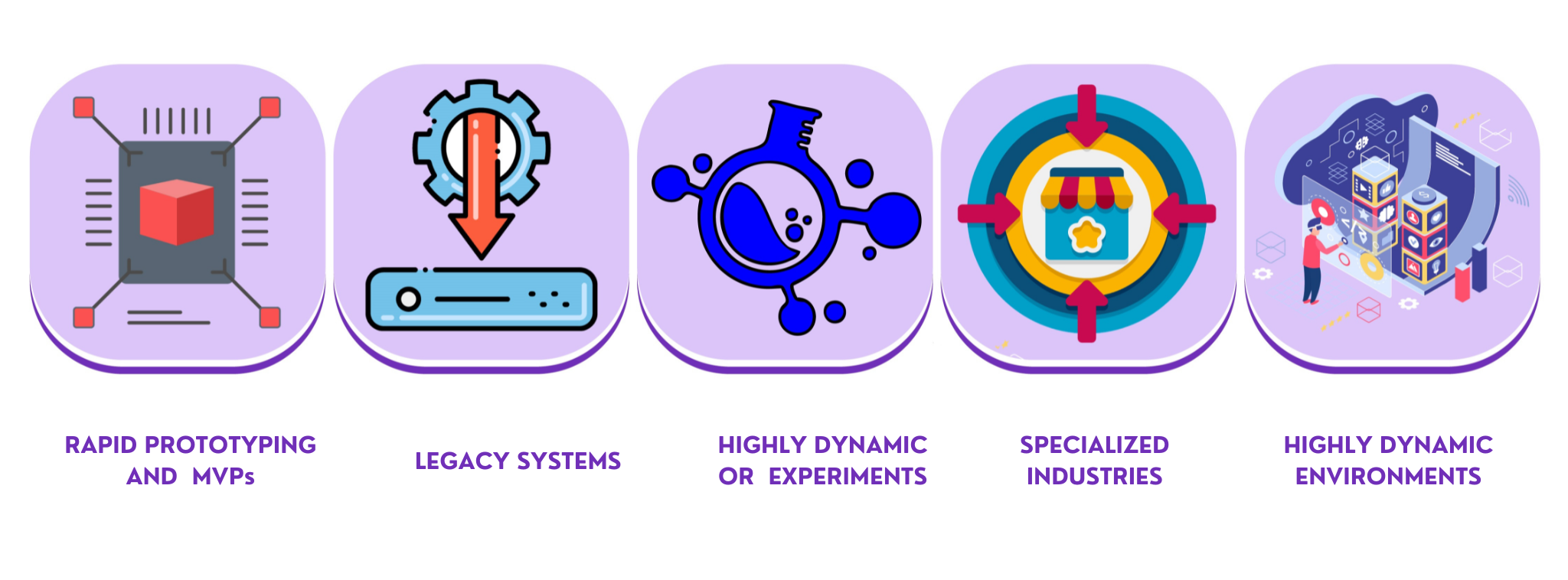
Rapid Prototyping and MVPs: During the development for the early stage when building a Minimum Viable Product (MVP), where the focus might be on quickly testing key functionalities and getting user feedback.
In such cases, developers might opt for less unit test coverage to save time and prioritize speed.
Legacy Systems: Legacy systems with complex, intertwined codebases might be difficult to refactor for extensive unit testing. The risk of introducing regressions might outweigh the benefits of high coverage. However, critical components might still be well-covered.
Highly Dynamic or Experiments: Industries dealing with highly experimental or rapidly evolving technologies might prioritize flexibility and experimentation over comprehensive testing. In such cases, unit tests might focus on core stability while leaving some areas with less coverage.
Industries with Specialization: In industries with specialized or unique software, the standard practices might be different. For example, in some scientific research projects, the focus might be on the accuracy of algorithms rather than traditional unit testing.
Highly Dynamic Environments: In certain fast-paced environments, like real-time financial trading, where code is frequently changed to adapt to market conditions, the emphasis might be on rapid development and deployment, leading to more focused testing.
It’s important to note that while these scenarios might warrant less unit test coverage in certain areas, it doesn’t mean that testing is neglected altogether. Rather, testing strategies are adapted to the specific challenges and priorities of each context. Careful consideration of the trade-offs involved is crucial when deciding on the appropriate level of unit test coverage for a particular project or industry.
How to Achieve Good Unit Test Coverage?
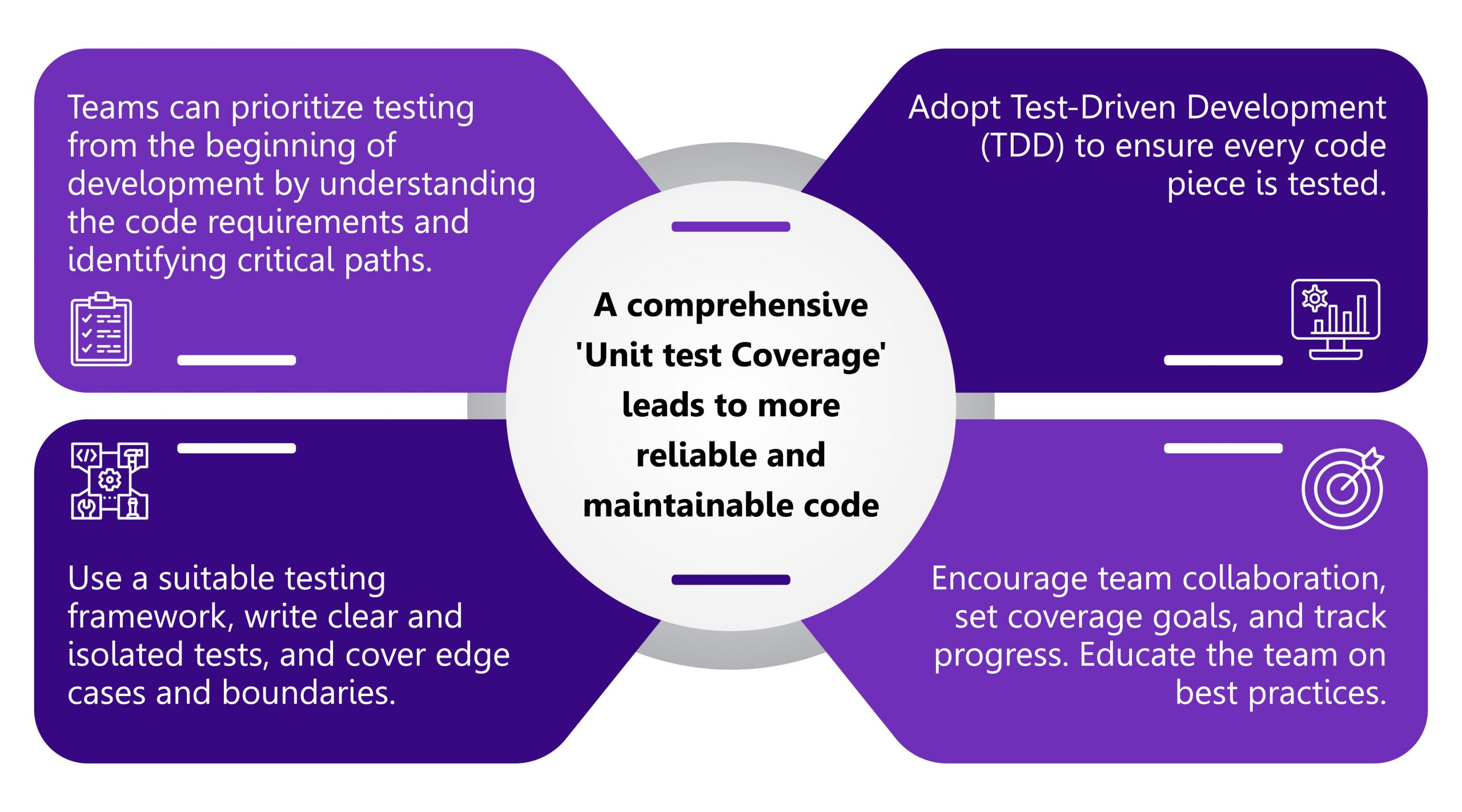
By combining these strategies, the team can attain comprehensive unit test coverage, leading to more reliable and maintainable code:
- Teams can prioritize testing from the beginning of development by understanding the code requirements and identifying critical paths.
- Adopt Test-Driven Development (TDD) to ensure every code piece is tested.
- Use a suitable testing framework, write clear and isolated tests, and cover edge cases and boundaries.
- Encourage team collaboration, set coverage goals, and track progress. Educate the team on best practices.
Metrics Used to Measure Coverage
Various metrics are used to measure code coverage in software testing. These metrics help developers assess the effectiveness and completeness of their test suites. The most common types of coverage metrics include:
1. Line Coverage: Line coverage measures the percentage of lines of code that are executed during the testing process. It helps identify which lines of code are tested and which lines remain untested.
2. Branch Coverage: Branch coverage measures the percentage of decision points (e.g., if-else statements, switch-case) that are executed with different possible conditions during testing. It ensures that all possible branches of the code have been exercised.
3. Statement Coverage: Statement coverage measures the percentage of individual code statements that are executed during testing. It ensures that every statement in the code is executed at least once.
4. Function Coverage: Function coverage measures the percentage of functions or methods that are executed during testing. It ensures that all functions in the code are tested.
5. Class/Module Coverage: Class or module coverage measures the percentage of classes or modules that are executed during testing. It ensures that all classes or modules are tested.
6. Path Coverage: Path coverage measures the percentage of unique execution paths through the code that is tested. It ensures that all possible combinations of decisions are tested.
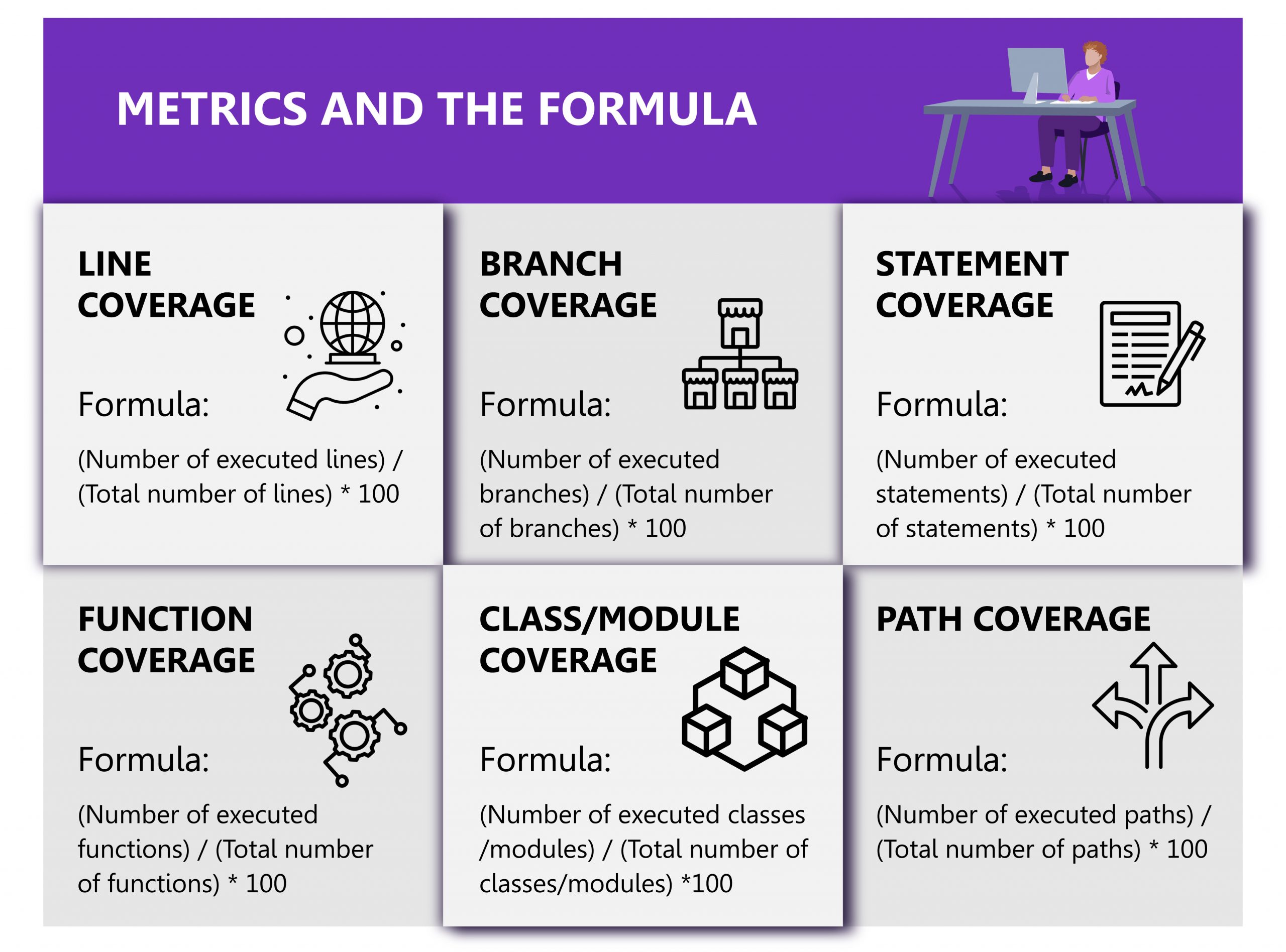
Coverage metrics are valuable for identifying areas of the code that need more testing and for Knotting coverage goals. However, it is essential to use these metrics in conjunction with other testing techniques to ensure comprehensive testing and the overall quality of the software.
Each of these coverage metrics provides different insights into the thoroughness of the test suite and identifies areas of code that are not adequately tested. No single coverage metric is perfect, and developers often use a combination of these metrics to get a comprehensive view of the test coverage in their codebase. The choice of metrics depends on the specific goals and requirements of the testing process and the development team’s preferences. Ultimately, the aim is to achieve a balance between the different coverage metrics to ensure a well-tested and reliable software product.
Code Coverage VS Code Quality
Code coverage refers to the proportion of the codebase that is covered by automated tests, such as unit tests, integration tests, and sometimes even end-to-end tests. It helps to identify the areas of the code that have not been tested, which could potentially contain bugs or lead to unexpected behavior in the application.
Code quality is a qualitative measure that emphasizes how well the code is written and maintained. It consists of various factors, including readability, maintainability, scalability, performance, adherence to coding standards, absence of code smells and anti-patterns, and overall robustness.
Tools and plugins for Unit Test Coverage
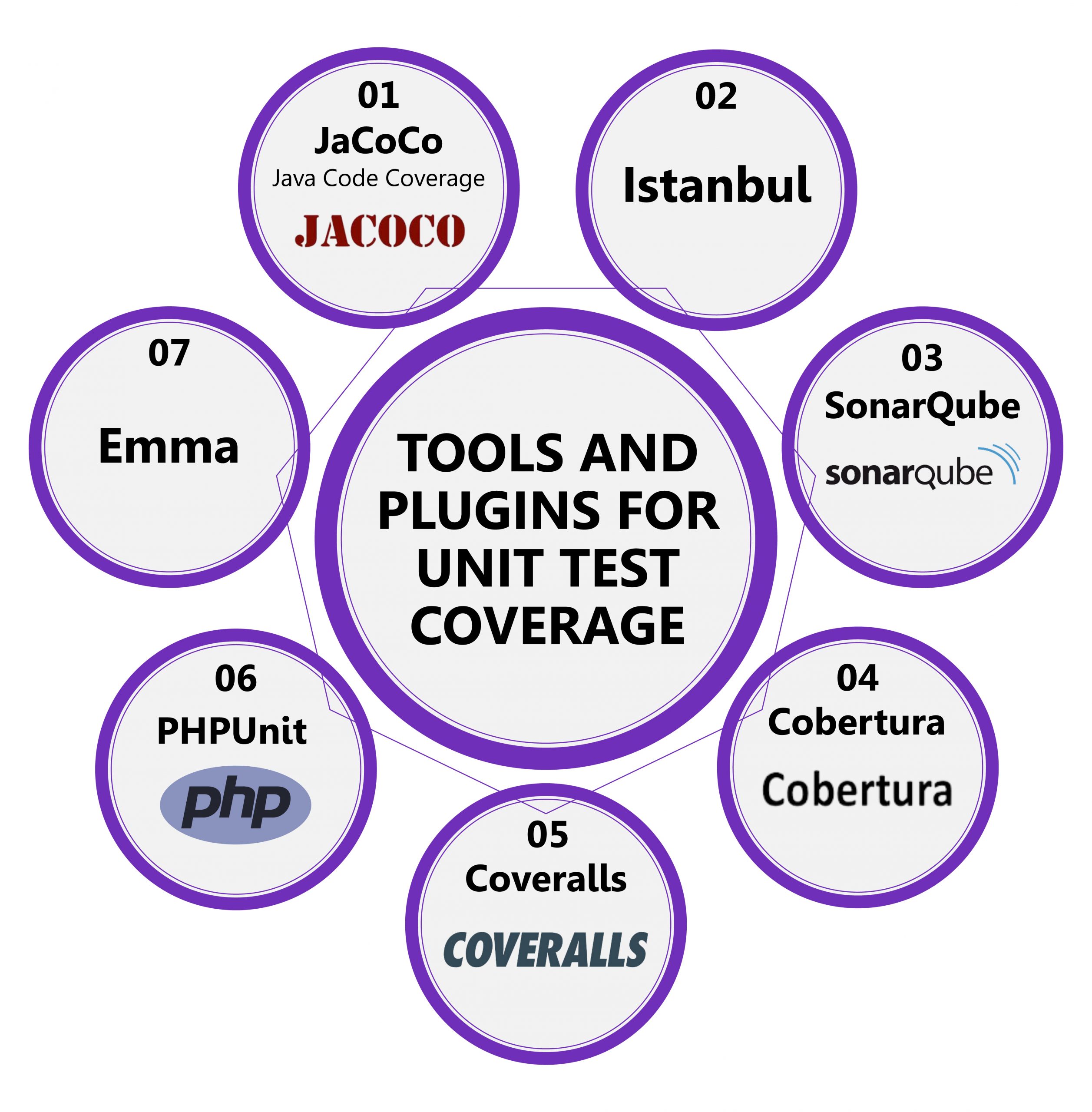
There are several tools and plugins available to measure and analyze unit test coverage in various programming languages and development environments. Here are some popular tools and plugins for unit test coverage:
1. JaCoCo (Java Code Coverage): JaCoCo is an open-source code coverage and widely used code coverage library for Java applications. It provides line, branch, and instruction-level coverage reports and can be easily integrated with popular build tools like Maven and Gradle.
2. Istanbul: Istanbul is a code coverage tool for JavaScript projects. It works with popular testing frameworks like Jasmine, Mocha, and Jest, and generates coverage reports in various formats, including HTML and JSON. It supports ES6/ES2015+ using babel-plugin.
3. SonarQube: SonarQube can’t measure the code coverage directly but provides a centralized dashboard for measuring and managing code quality across multiple programming languages.
4. Cobertura: Cobertura is a code coverage tool that supports both Java and Python applications. It produces XML and HTML reports, highlighting areas of code that lack test coverage.
5. Coveralls: Coveralls is a free, open-source tool that works with CI servers. It integrates CI with version control systems and supports various programming languages. It can be used for projects written in languages like Python, Ruby, JavaScript, Java, and more
6. PHPUnit: PHPUnit, a testing framework for PHP, includes built-in code coverage capabilities. It provides coverage reports in various formats.
7. Emma: Emma is an open-source, free, code coverage tool for Java. It is an older but still widely used code coverage tool for Java applications. The coverage reports are generated in XML, HTML, and other formats.
Integrating Test Coverage into CI/CD Pipelines
Integrating test coverage into CI/CD pipelines is a crucial step in ensuring software quality and stability. By including test coverage as part of the CI/CD pipeline, teams can automatically measure the effectiveness of their tests and quickly identify areas that lack sufficient coverage.
In the CI phase, when developers push code changes to the version control system, the CI server automatically triggers a build and runs the unit tests. During this process, the CI server also collects data on the percentage of code covered by these tests. The results are then made available to the development team, providing immediate feedback on the quality of their code and the comprehensiveness of their test suite.
In the CD phase, as the software progresses through the deployment pipeline, test coverage metrics can be used to determine whether the application is ready for deployment. Teams can set specific thresholds for test coverage, ensuring that only code with a certain level of coverage is allowed to proceed to production. If the coverage falls below the defined threshold, the CI/CD pipeline can halt the deployment and alert the team, signaling the need to improve test coverage before moving forward.
The integration of test coverage into the CI/CD pipeline promotes a culture of continuous improvement and provides developers with valuable insights into the health of their codebase and empowers them to make data-driven decisions to improve the quality, reliability, and maintainability of their software.
Conclusion
In conclusion, unit test coverage is a crucial aspect of modern software development that should not be underestimated. In this blog, we have explored the significance of unit test coverage and its impact on building robust and reliable software.
Kaiburr connects to all the tools used by software teams and provides 360-degree visibility on performance using 350+ KPIs and 700+ best practices. Some of the metrics can be seen below –
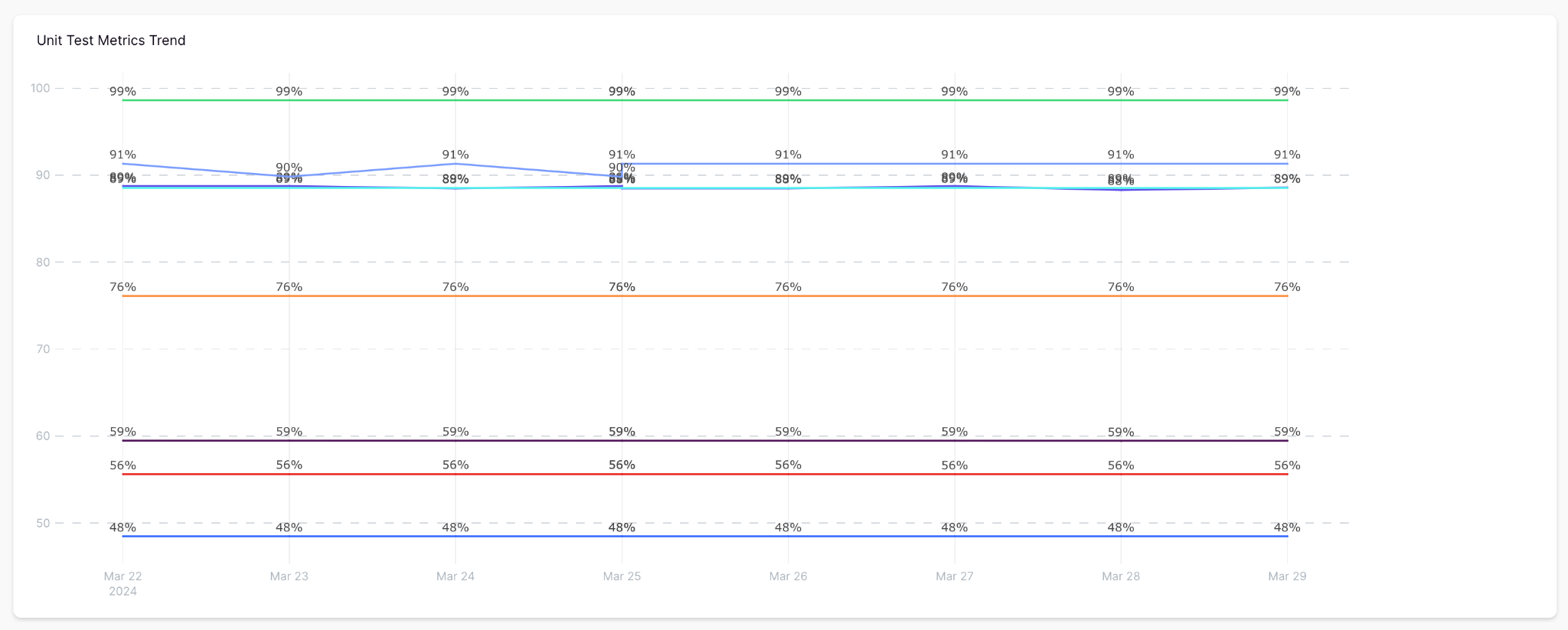
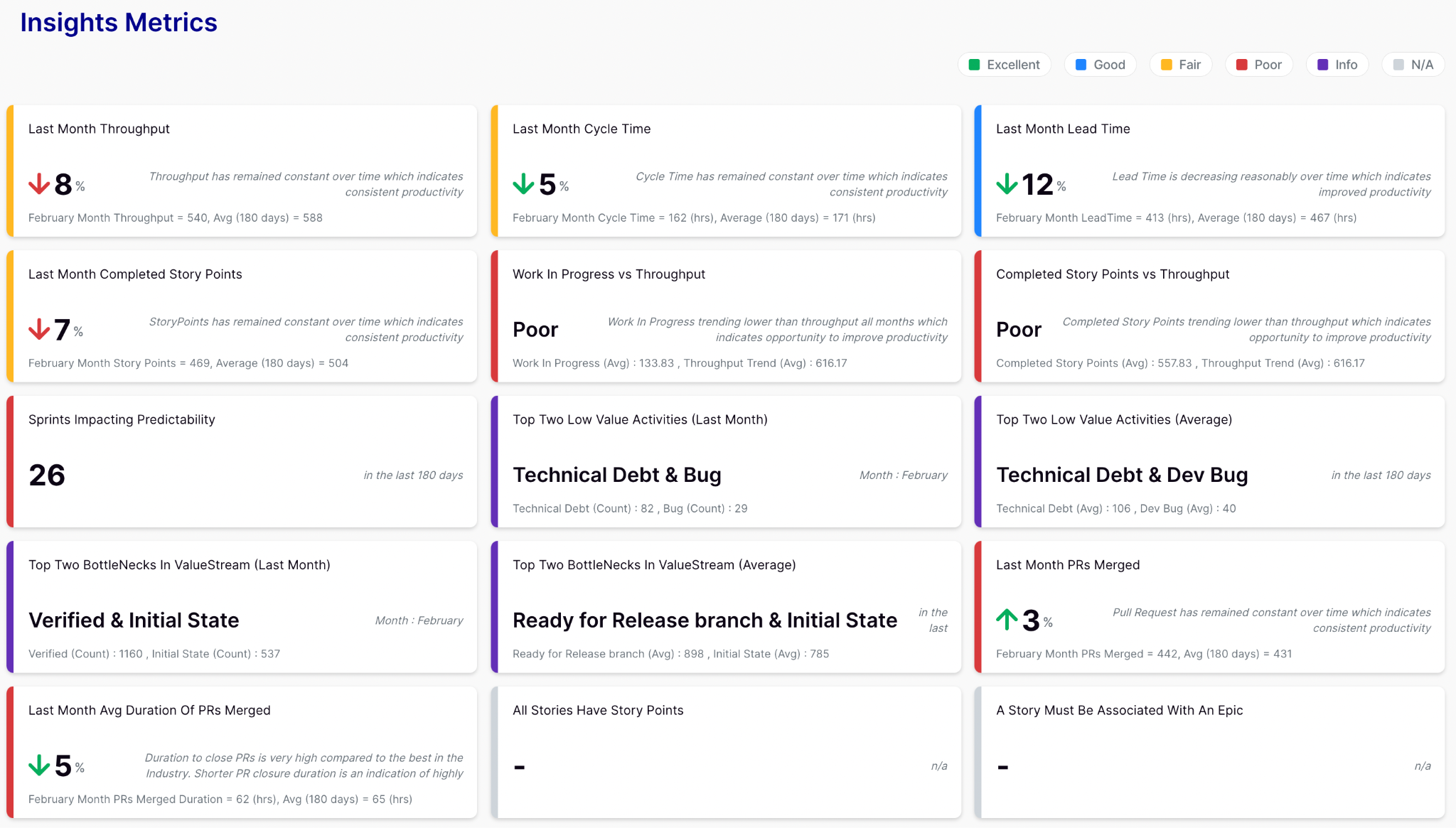
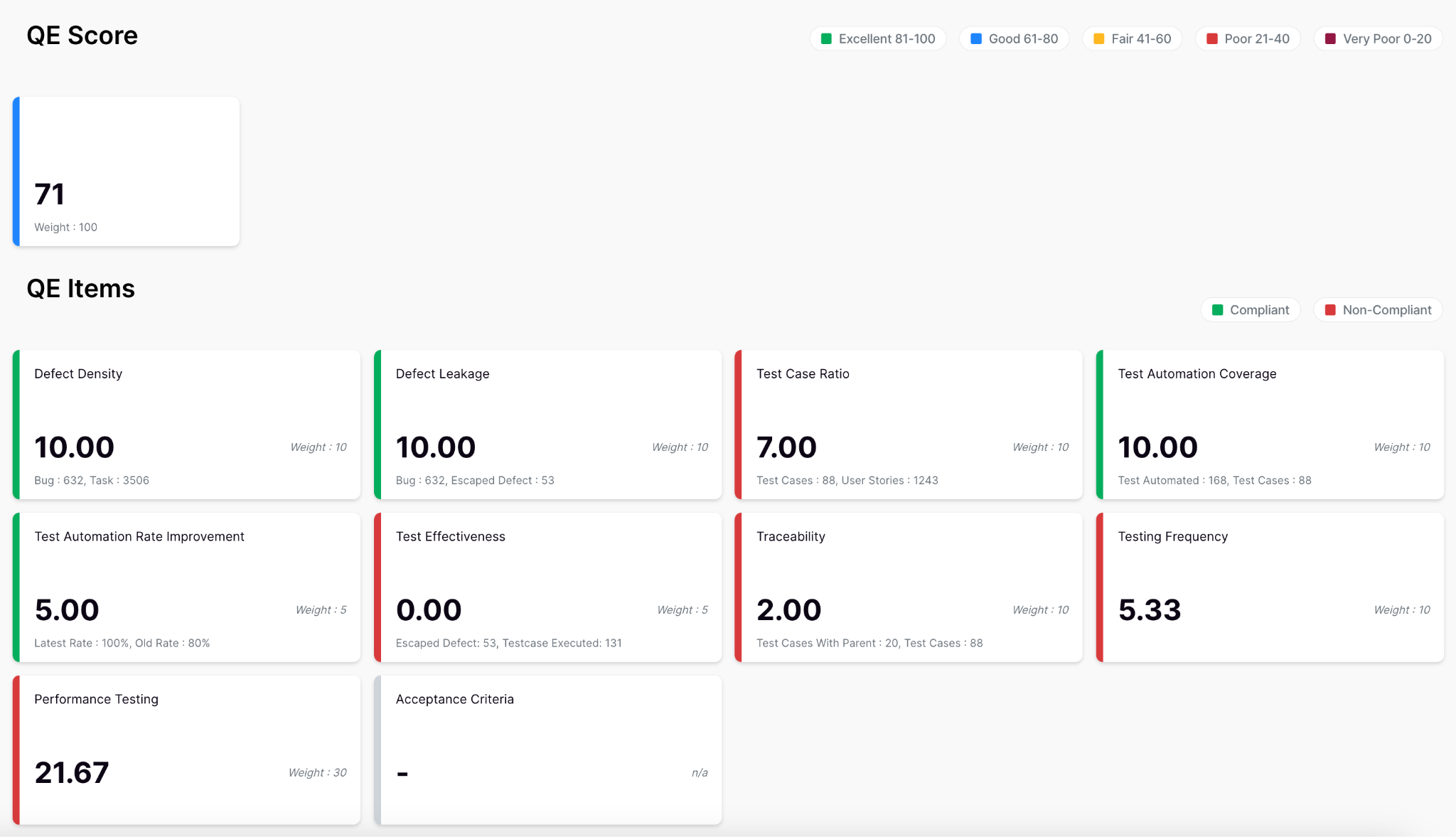
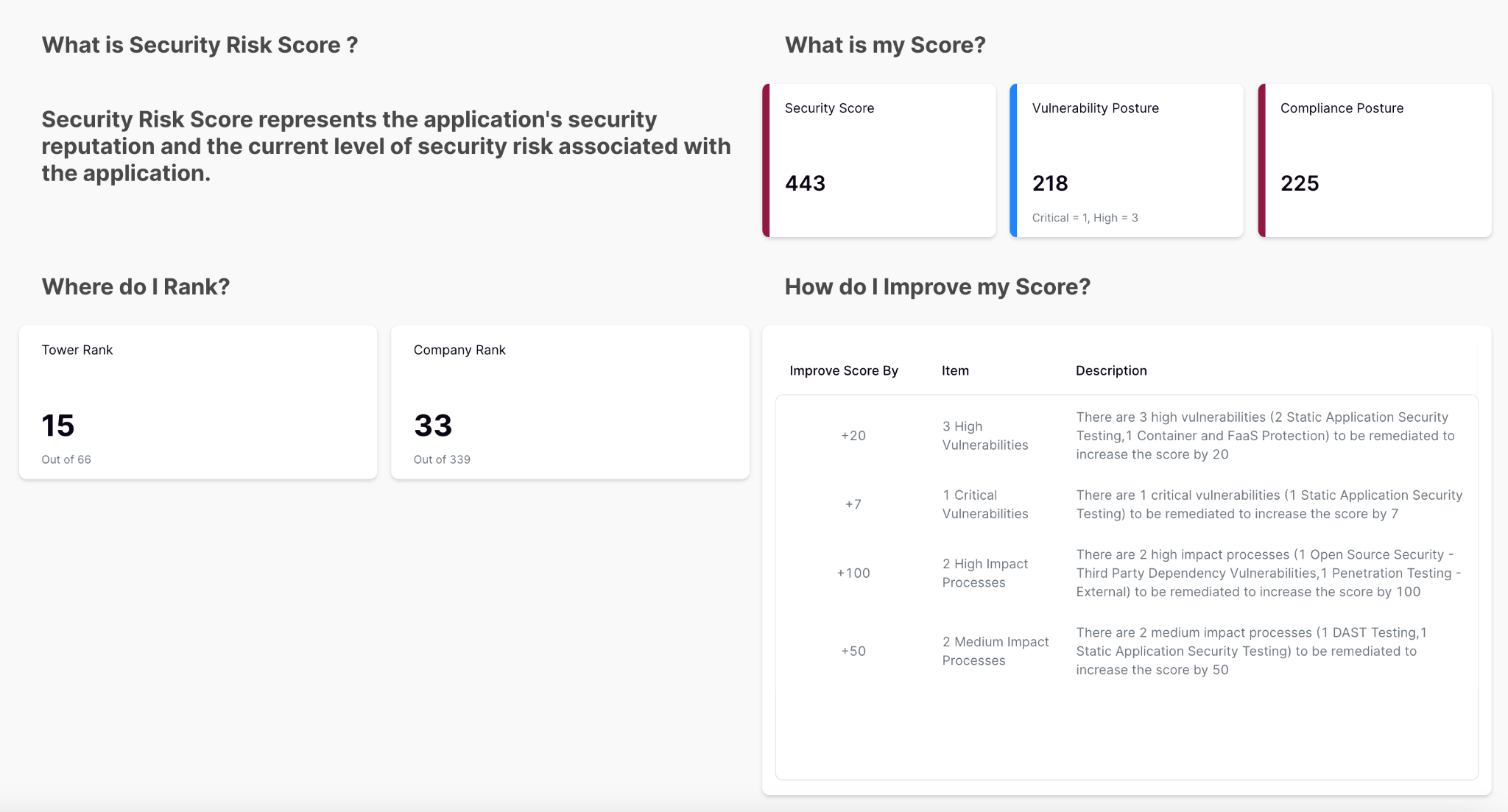
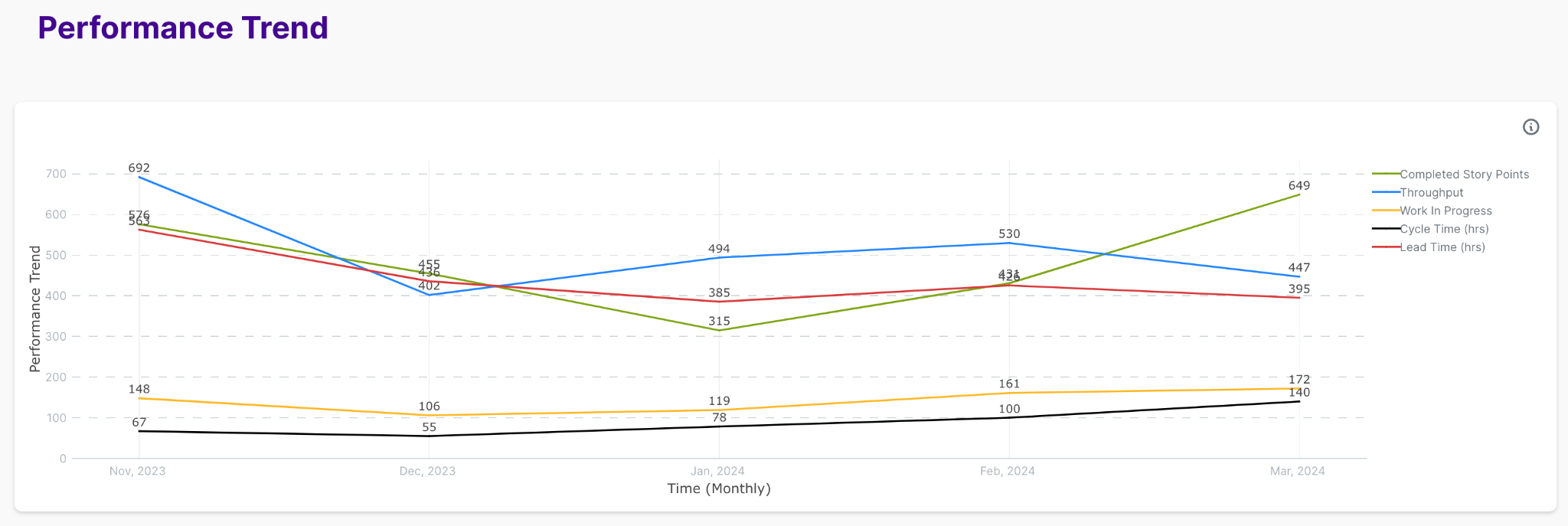

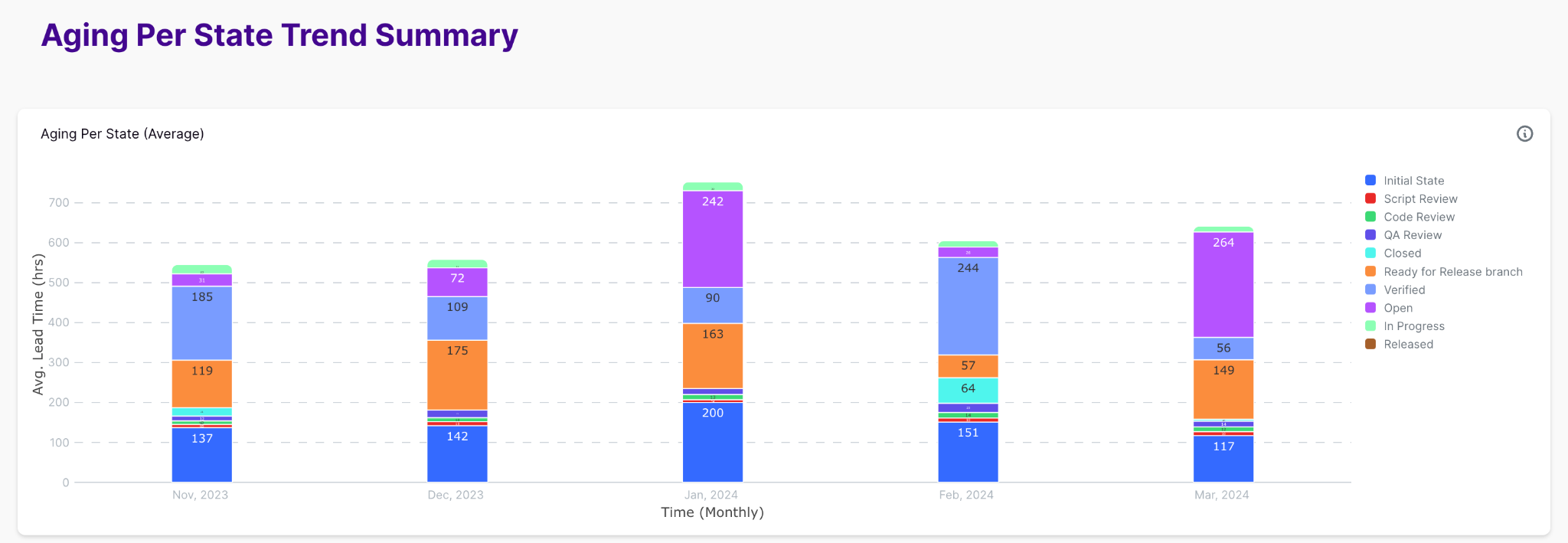
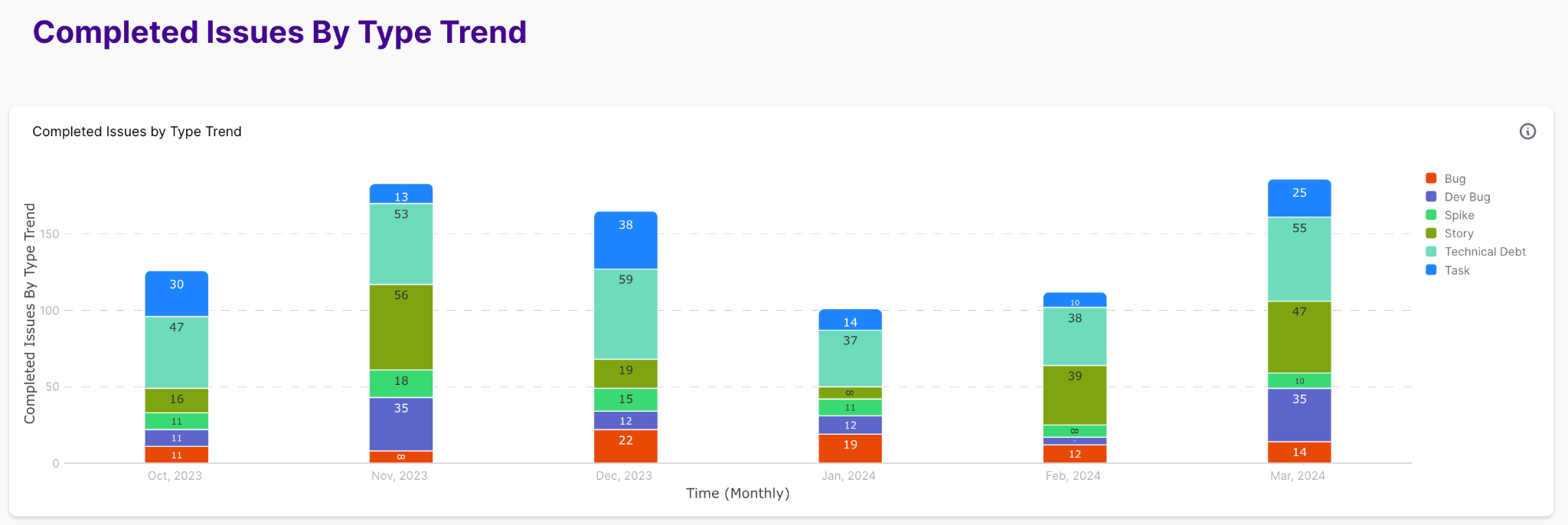
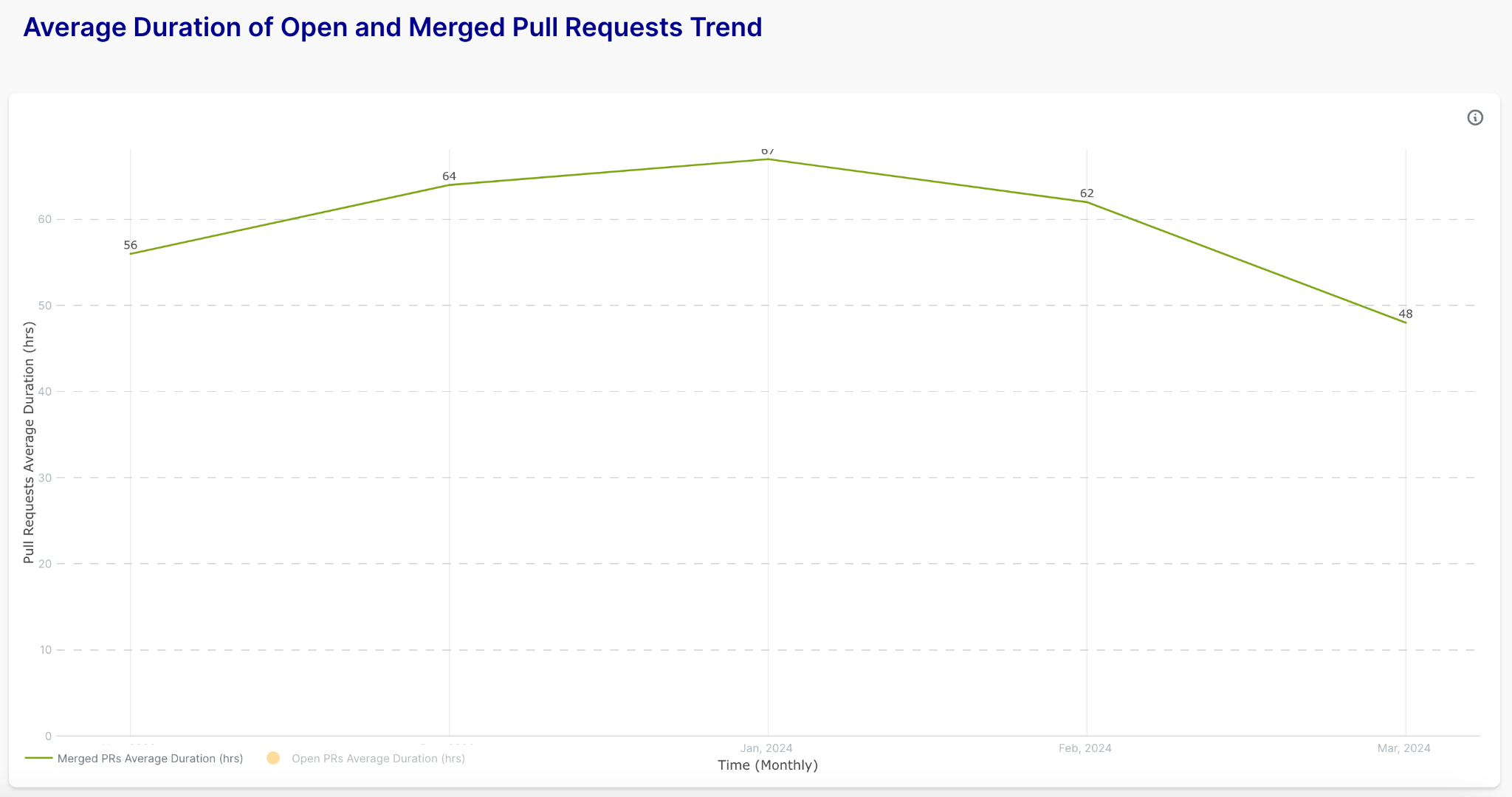
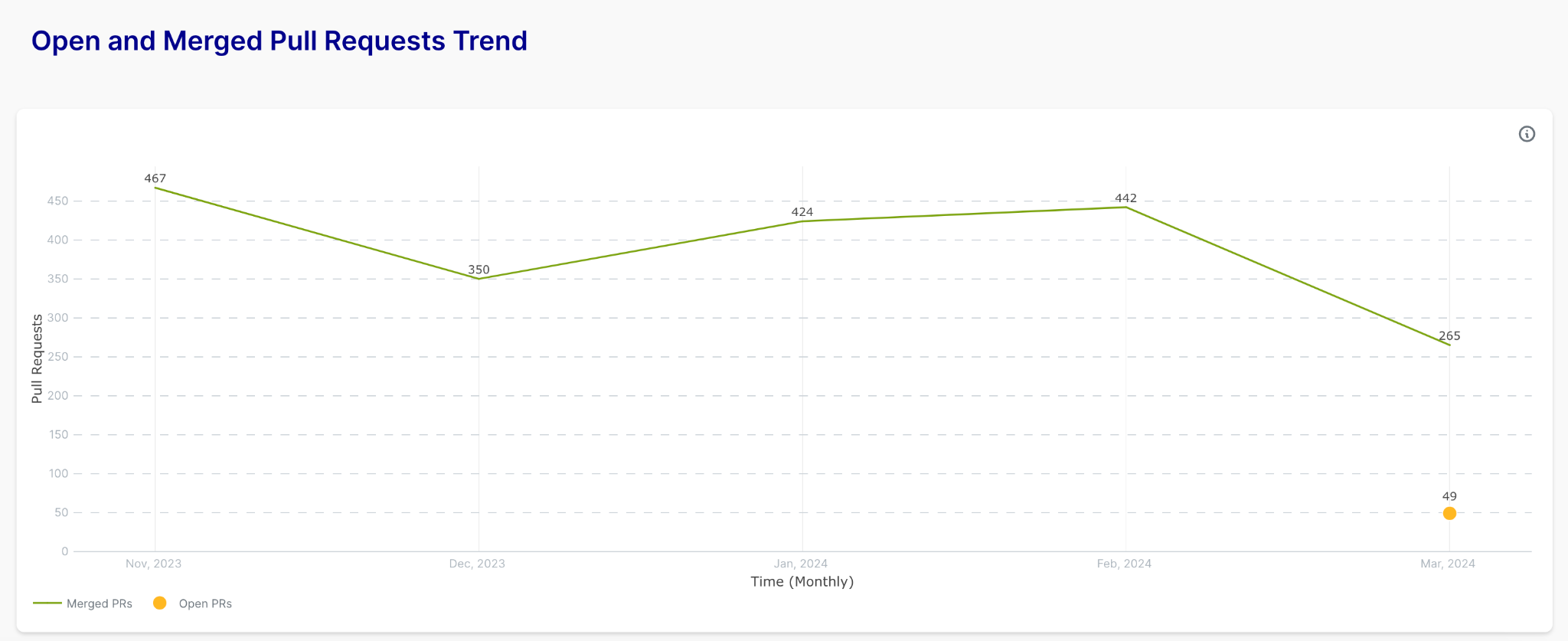
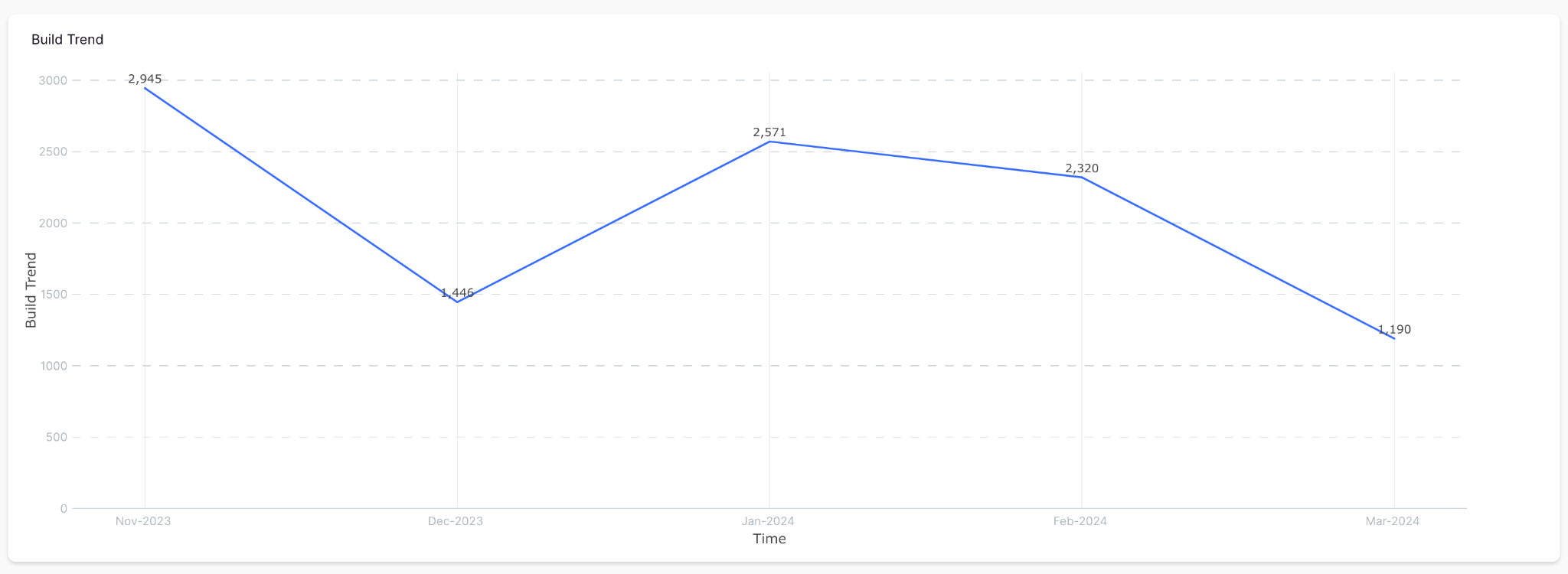
Reach us at contact@kaiburr.com to get started with metrics driven continuous improvement in your organization.
